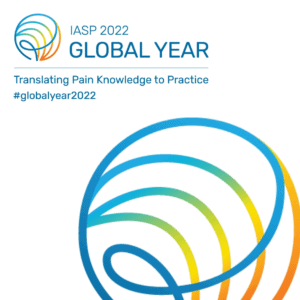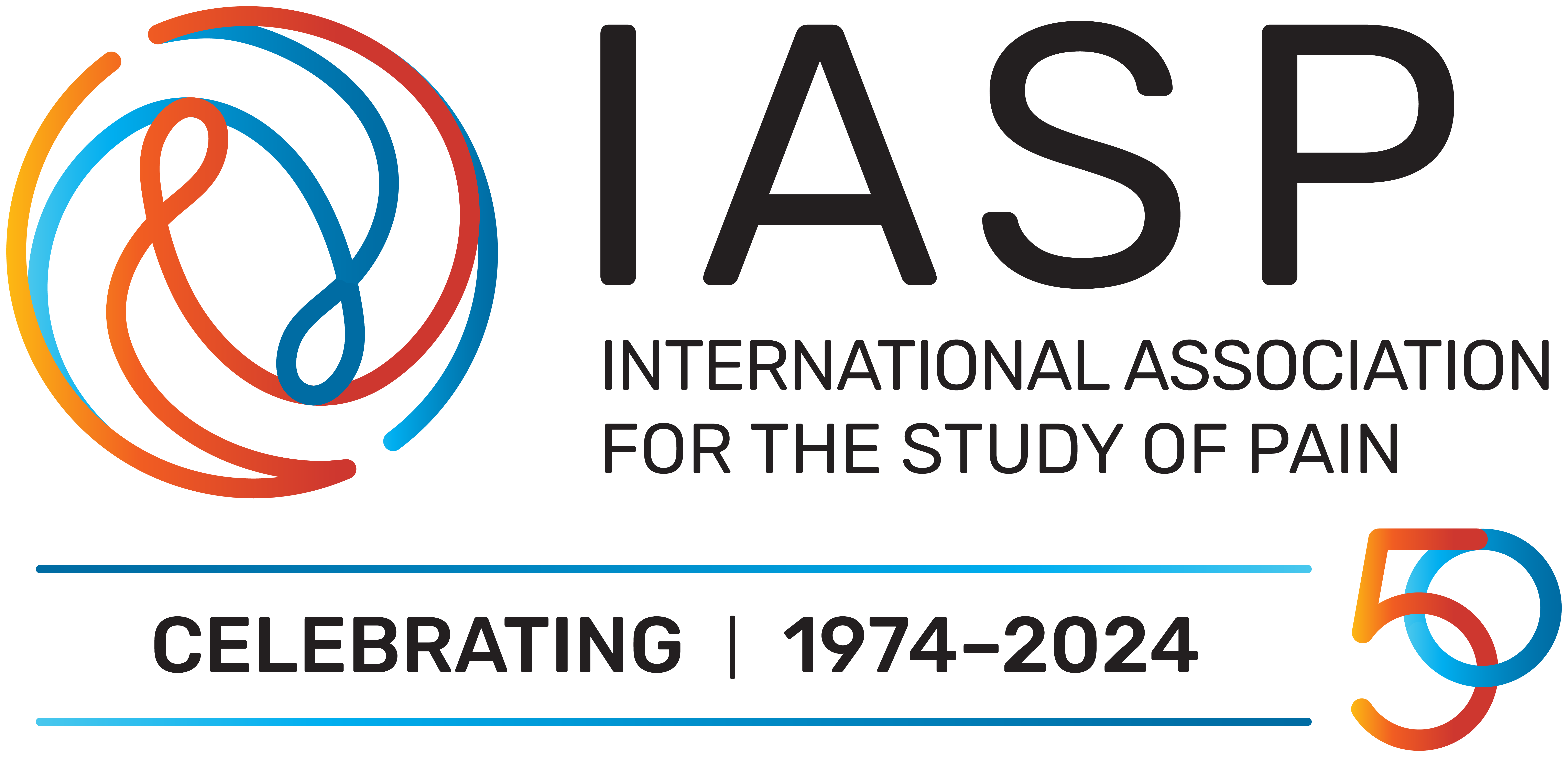- Anniversary/History
- Membership
- Publications
- Resources
- Education
- Events
- Outreach
- Careers
- About
- For Pain Patients and Professionals
Skip to content
Cognitive-behavioral therapy (CBT) is effective for pediatric chronic pain, but little is understood about which youth are most likely to benefit. The current study aimed to identify individual characteristics for which CBT yielded the greatest (and least) clinical benefit among adolescents with chronic pain participating in a multi-center randomized controlled trial (RCT) of internet-delivered CBT (WebMAP2). A total of 273 adolescents ages 11-17 with chronic pain (Mage=14.7; 75.1% female) were randomly assigned to internet-delivered CBT or internet-delivered pain education and evaluated at pre-treatment, post-treatment, and two longer-term follow-up periods (6 and 12 months). Multi-level growth models tested several adolescent- and parent-level moderators of change in pain-related disability including (1) adolescent age, sex, pain characteristics, distress, and sleep quality and (2) parent education level, distress, and protective parenting behaviors. Young adolescents (ages 11-14 vs. older adolescents ages 15-17) and those whose parents experienced lower levels (vs. higher levels) of emotional distress responded better to internet CBT treatment, showing greater improvements in disability up to 12 months post-treatment. This study expands knowledge on who benefits most from internet-delivered psychological treatment for youth with chronic pain in the context of a large multicenter RCT, suggesting several avenues for maximizing treatment efficacy and durability in this population. Perspective: This study identified adolescent- and parent-level predictors of treatment response to Internet-based CBT for pediatric chronic pain up to 12 months later. Younger adolescents and those whose parents had lower levels of distress may particularly benefit from this intervention. Older adolescents and those whose parents exhibit higher distress may require alternative treatment approaches.
Learn More >Sleep quality and chronic neck pain (NP) are associated. However, the genetic influences on this association have not been explored. This study investigated the genetic and environmental influences on the association between sleep quality and chronic NP.
Learn More >To investigate the outcomes 1 year after multimodal rehabilitation programmes in primary care for patients with chronic pain, both as a whole and for men and women separately. A second aim was to identify predictive factors for not being on sickness absence at follow-up after 1 year.
Learn More >Background and aims A bio-psycho-social approach has been recommended in multidisciplinary pain clinics, and in Norway patients with severe chronic nonmalignant pain (CNMP, defined as pain that has persisted for more than 3 months) might be treated at a regional multidisciplinary pain center. The specific aims of this study were (1) to describe characteristics of a sample of outpatients referred and accepted for treatment/management to three regional multidisciplinary pain centers in Norway, (2) to examine patient differences between the centers and (3) to study associations between symptom scores (insomnia, fatigue, depression, anxiety) and patient characteristics. Methods Patients, aged 17 years or older with CNMP admitted to and given a date for first consultation at one of three tertiary, multidisciplinary pain centers: St. Olavs Hospital Trondheim University Hospital (STO), Haukeland University Hospital (HUS) and University Hospital of North Norway (UNN), were included in the study. Data on demographics, physical activity, characteristics of pain, previous traumatic events, social network, Insomnia Severity Index (ISI), Chalder Fatigue Questionnaire (CFQ), Hopkins Symptom Checklist-25 (HSCL-25) and SF-36v2® were retrieved from the local quality registry at each pain center. Results Data from 1563 patients [mean age 42 (SD 15) years and 63% females] were available for analyses. Average years with pain were 9.3 (SD 9.1). Primary education as highest level of education was reported by 20%, being actively working/student/military by 32%, and no physical activity by 31%. Further, 48% reported widespread pain, 61% reported being exposed to serious life event(s), and 77% reported having a close friend to talk to. Non-worker status, no physical activity, lack of social network, reports of being exposed to serious life event(s) and widespread pain were all characteristics repeatedly associated with clinically high symptom scores. No significant differences between the centers were found in the proportions of patients reporting fatigue nor mean levels of insomnia symptoms. However, the proportion of patients reporting symptoms of anxiety and depression was a little lower at UNN compared with STO and HUS. Conclusions Analyses of registry data from three tertiary multidisciplinary pain centers in Norway support previous findings from other registry studies regarding patient characterized: A large proportion being women, many years of pain, low employment rate, low physical activity rate, and a large proportion reporting previous traumatic event(s). Characteristics such as non-work participation, no physical activity, lack of social network, have been exposed to serious life event(s), and chronic widespread pain were all associated with high clinical score levels of insomnia, fatigue, and mental distress. Health related quality of life was low compared to what has been reported for a general population and a range of other patient groups. Implications The findings of this study indicate that physical activity and work participation might be two important factors to address in the rehabilitation of patients with chronic non-malignant pain. Future studies should also explore whether pre consultation self-reported data might give direction to rehabilitation modalities.
Learn More >The evolution of peripheral and central changes following a peripheral nerve injury imply the onset of afferent signals that affect the brain. Changes to inflammatory processes may contribute to peripheral and central alterations such as altered psychological state and are not well characterized in humans. We focused on four elements that change peripheral and central nervous systems following ankle injury in 24 adolescent patients and 12 age-sex matched controls. Findings include (a) Changes in tibial, fibular, and sciatic nerve divisions consistent with neurodegeneration; (b) Changes within the primary motor and somatosensory areas as well as higher order brain regions implicated in pain processing; (c) Increased expression of fear of pain and pain reporting; and (d) Significant changes in cytokine profiles relating to neuroinflammatory signaling pathways. Findings address how changes resulting from peripheral nerve injury may develop into chronic neuropathic pain through changes in the peripheral and central nervous system.
Learn More >Comprehensive evaluation of chronic pain in older adults is multifaceted.
Learn More >- « Previous
- 1
- …
- 329
- 330
- 331

